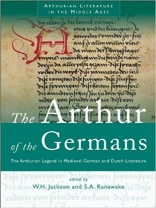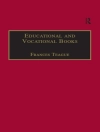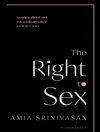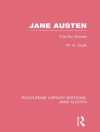From the twelfth century onwards the legends of King Arthur and his knights, including the Tristan legend, spread across Europe, producing a vast range of adaptations and new stories. German and Dutch literature were of central importance in this expansion of Arthurian material from the 12th to 16th century. This title deals with this topic.
Tabela de Conteúdo
* Harry Jackson and Silvia Ranawake, Introduction; * Ingrid Kasten, The Western Background; * Silvia Ranawake, The Emergence of German Arthurian Romance; * Timothy Mc Farland, The Emergence of German Grail Romance; * Marion Gibbs, Fragment and Expansion; * Rosemary Wallbank, Three Post-Classical Authors; * Matthias Meyer, Intertextuality in the Later Thirteenth Century; * Mark Chinca, Tristan Narratives from the High to the Late Middle Ages; * Volker Mertens, Appendix: Arthur in the Tristan Tradition; * Volker Honemann, The Wigalois Narratives; * Elizabeth A. Andersen, The Reception of Prose; * Bernd Bastert, Late Medieval Summations; * W. H. Jackson, Lorengel and the Spruch von den Tafelrundern; * Bart Besamusca, The Medieval Dutch Arthurian Material; * John L. Flood, Arthurian Romance and German Heroic Poetry; * John E. Tailby, Arthurian Elements in Drama and Meisterlieder; * Alfred Thomas, King Arthur and his Round Table in the Culture of Medieval Bohemia and in Medieval Czech Literature; * James Rushing, The Medieval German Pictorial Evidence; * W. H. Jackson, Arthurian Material and German Society in the Middle Ages; * John L. Flood, Early Printed Editions of Arthurian Romances; * Ulrich Muller and Werner Wunderlich, The Modern Reception of the Arthurian Legend.












